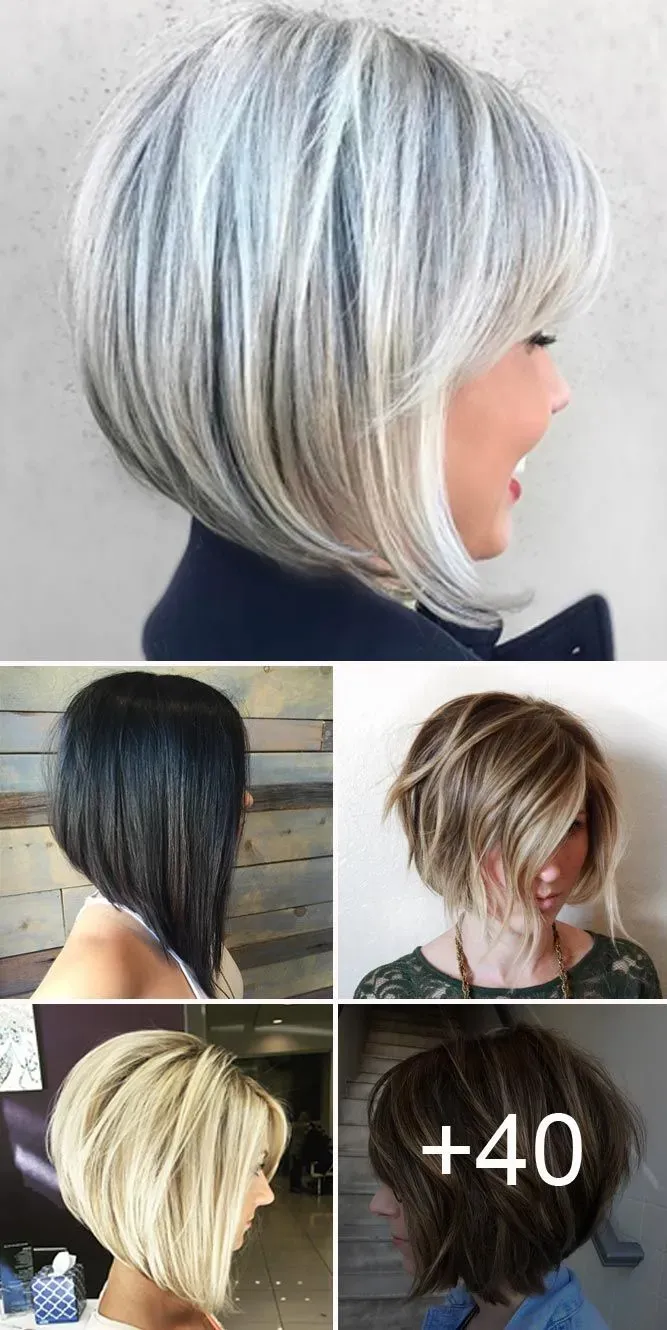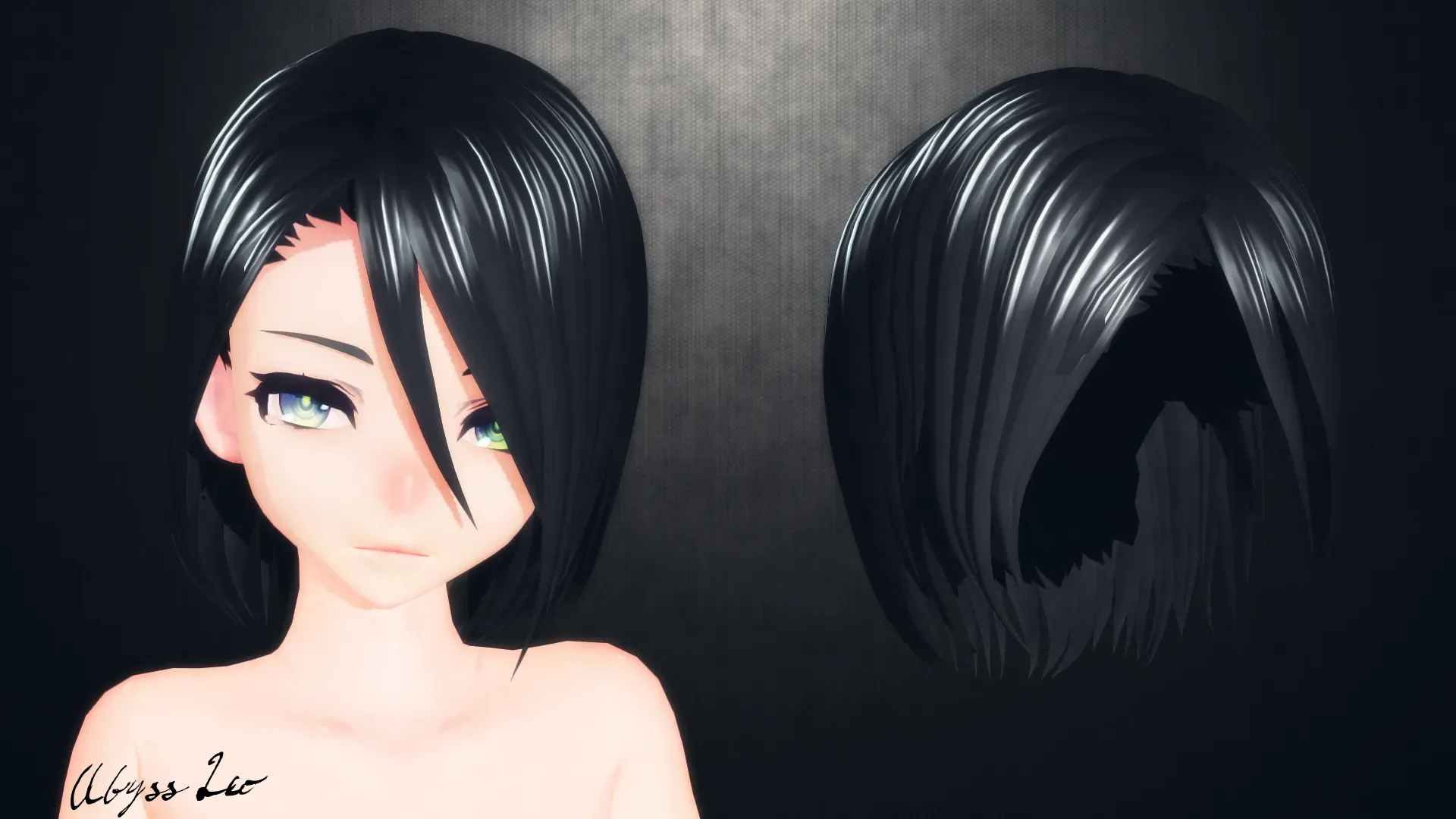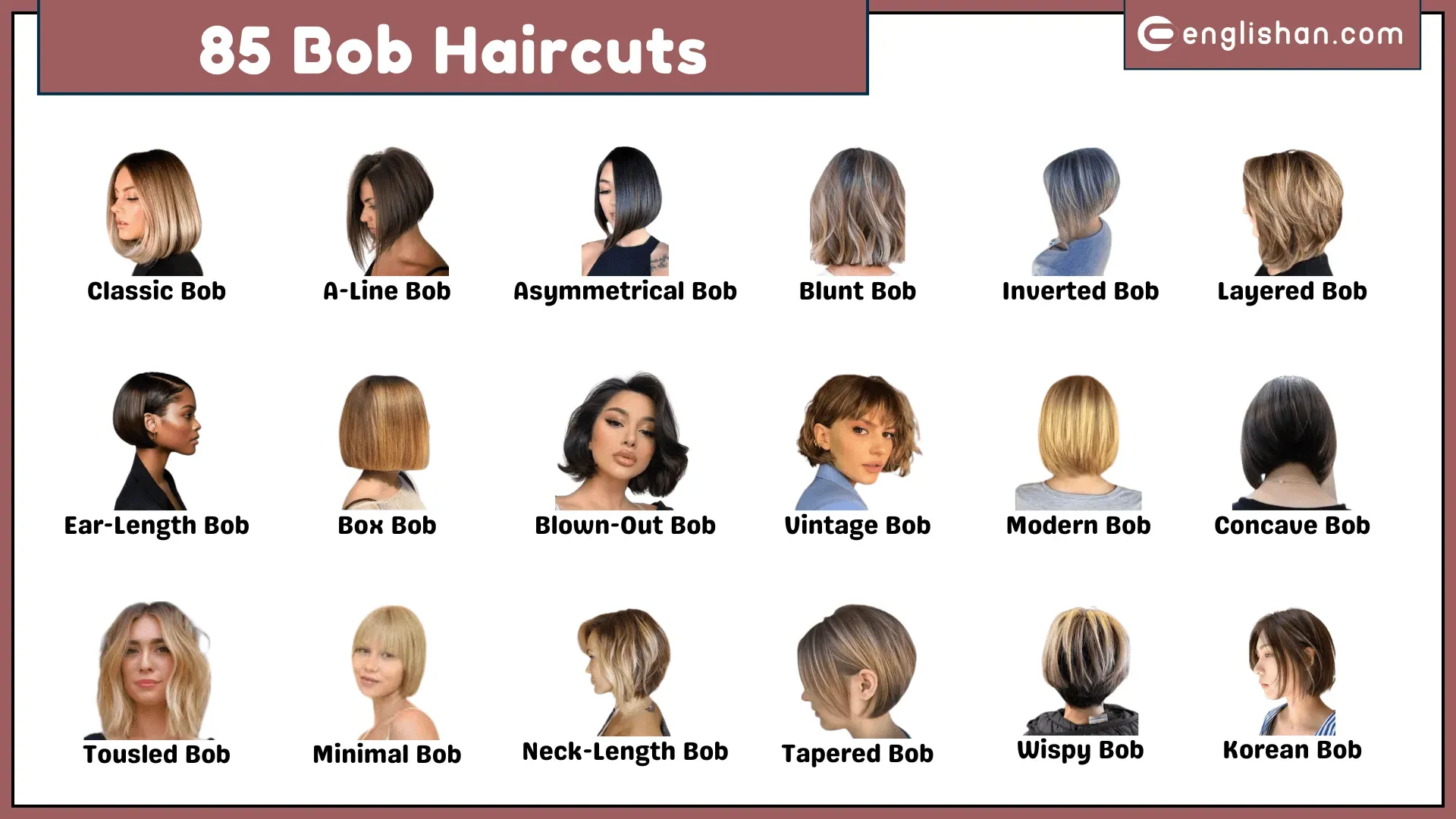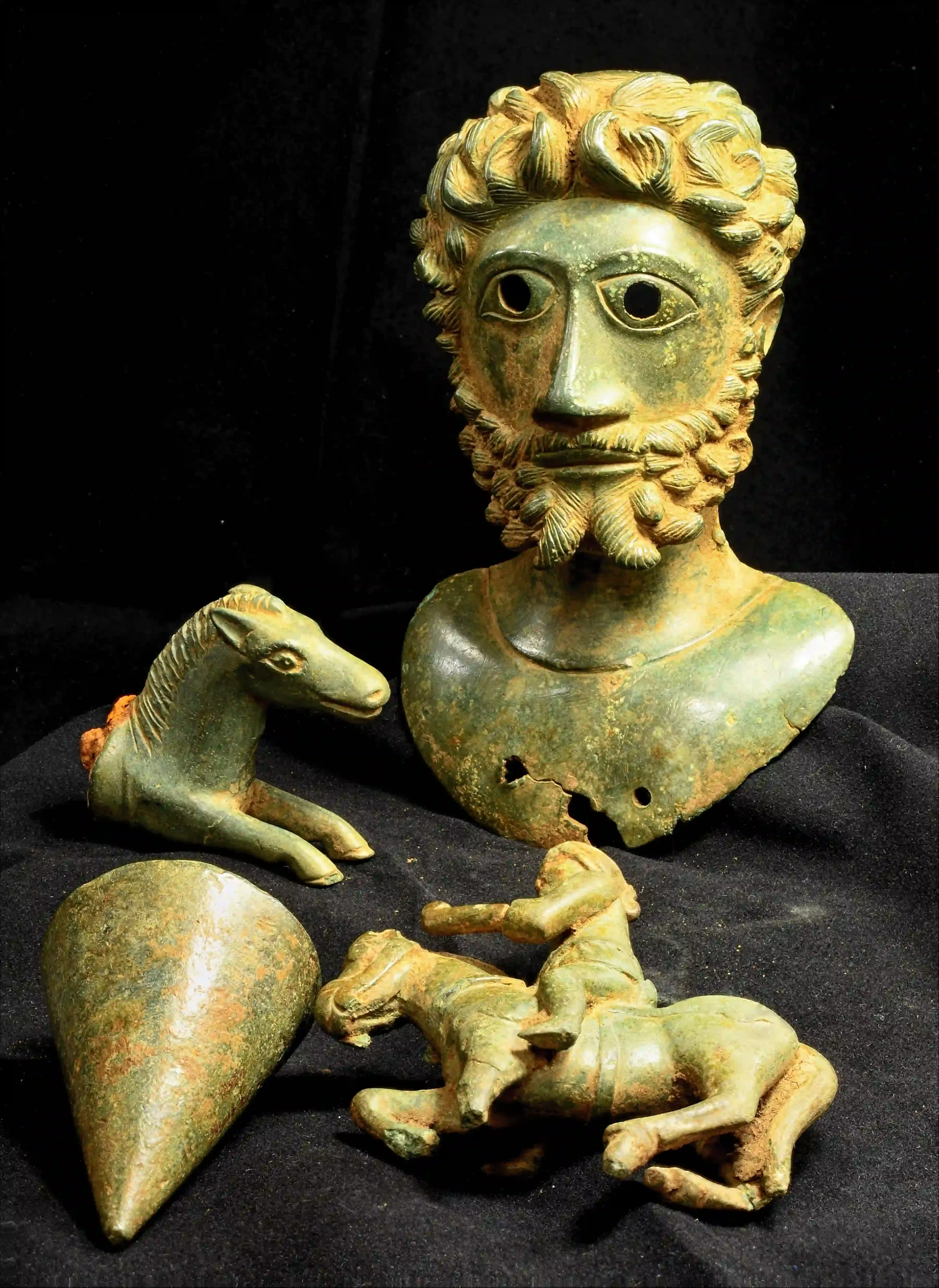Table of Contents
Alright, let's talk bobs. For decades, the bob haircut has been that reliable friend in the world of hair – always around, always chic, never really going out of style. But saying "I want a bob" is a bit like saying "I want a car." You need to get specific. There isn't just one universal bob that magically works for everyone and every hair type. The reality is there's a whole spectrum out there, a fascinating array of different types of bob hair cuts, each with its own attitude and requirements.
Exploring Various Types of Bob Hair Cuts

Exploring Various Types of Bob Hair Cuts
The Classic Blunt Bob: Sharp and Defined
When most people picture a bob, they're probably thinking of the classic blunt cut. This is the one that hits right around the jawline or slightly below, with all the hair cut to a single length. No layers, no soft edges – just a clean, sharp line all the way around. It's a bold look, undeniably chic, and it screams intention. Think Uma Thurman in Pulp Fiction, but maybe less blood. Achieving that perfect blunt line requires a steady hand from your stylist. It works wonders on straighter hair, giving it weight and making it look thicker at the bottom. If your hair is fine, this cut can make it look fuller, provided it's kept at a shorter length. Too long, and it can look stringy. If your hair is super thick, a blunt cut can end up looking a bit helmet-like unless some strategic internal thinning is done, a technique where the stylist removes bulk from underneath without affecting the blunt line on top.
Beyond Blunt: Graduated and A-Line Bobs
Stepping away from the single-length rule, we get into variations like the graduated bob and the A-line bob. These are still part of the vast universe of types of bob hair cuts, but they introduce angles. A graduated bob, sometimes called a stacked bob, is shorter in the back and gets progressively longer towards the front. This stacking in the back creates volume and shape, perfect for adding lift to flatter hair or managing thicker hair by building structure. The A-line bob is similar but less dramatically stacked in the back; the key feature is that the hair is noticeably longer in the front than in the back, creating an 'A' shape when viewed from the side. There's no stacking involved, just a clean angle. It’s a sleek, modern look that frames the face nicely and offers a bit more length around the front if you're hesitant to go super short everywhere. It's less about building volume and more about creating a sharp silhouette.
Here's a quick rundown of these foundational bob types:
- Blunt Bob: Single length, sharp edges, typically jawline or chin length. Best for showcasing sleekness.
- Graduated Bob: Shorter back, stacked layers building volume, gets longer towards the front. Great for lift and shape.
- A-Line Bob: Shorter back, no stacking, clean angle getting longer towards the front. Focuses on silhouette and face-framing length.
Matching Types of Bob Hair Cuts to Your Texture

Matching Types of Bob Hair Cuts to Your Texture
Fine or Thin Hair? The Blunt and French Bob are Your Friends
Let's be honest, fine or thin hair can sometimes feel like it disappears, especially when it gets longer. This is where understanding different types of bob hair cuts really pays off. For this texture, a blunt bob is often a fantastic choice. Why? Because cutting all the hair to one length creates a visual density at the bottom. It makes the ends look thicker and fuller than they actually are. Think of it as a optical illusion for your hairline. Keeping the length shorter, say chin or jawline, maximizes this effect. A French bob, typically shorter and often paired with a soft fringe, also works well. It embraces a slightly undone, effortless vibe that doesn't require massive volume, relying instead on the shape and ease of the cut. Avoid excessive layers, especially long, wispy ones, as they can make fine hair look even thinner.
Thick or Curly Hair? Layering is Key for Bob Cuts
Now, if you're dealing with a glorious abundance of thick hair or beautiful, bouncy curls, some types of bob hair cuts need a different approach. A blunt cut on very thick hair can quickly become a triangular nightmare – wide at the bottom, flat at the top. Not the look most people are going for. This is where layering becomes your best friend. A graduated bob, with its stacked layers in the back, can remove weight and build a flattering shape that prevents the dreaded "helmet head." For curly hair, a layered bob, often cut slightly longer like a lob, allows curls to spring up and form properly without becoming a heavy, unmanageable mass. The layers encourage movement and definition within the curls. An A-line bob can also work for thicker hair by removing bulk through the angle, but it still needs careful consideration of internal weight distribution.
Here's a quick guide to texture pairing:
- Fine/Thin Hair: Blunt Bob, French Bob. Focus on creating perceived thickness.
- Thick Hair: Graduated Bob, Layered Bob. Focus on removing weight and building shape.
- Curly/Wavy Hair: Layered Bob (often longer like a lob), Graduated Bob (with layers tailored for curl). Focus on encouraging curl formation and movement.
Beyond the Basic: Styling Different Types of Bob Hair Cuts

Beyond the Basic: Styling Different Types of Bob Hair Cuts
you've got the cut. You've picked one of the many types of bob hair cuts that suits your texture and face shape. Now what? This is where the rubber meets the road. A great cut is just the foundation; how you style it determines if you look effortlessly chic or like you just rolled out of bed (and not in a good way). Styling a blunt bob is different from styling a layered lob or a curly bob. For the blunt cut, think sleekness. Heat protectant spray is non-negotiable if you're using irons. A flat iron can give you that glass-hair finish, or a curling iron can add soft waves without sacrificing the sharp line at the bottom. Layered bobs and lobs scream for texture. Sea salt spray, texturizing paste, or a dry shampoo can add grit and movement. For curly bobs, it's all about enhancing the natural curl pattern. A good leave-in conditioner or curl cream applied to damp hair, followed by diffusing or air-drying, is key. The goal isn't to fight your hair, but to work with the specific structure the cut provides.
So, you've got the cut, but are you using the right stuff?
- Blunt Bob: Shine serum, heat protectant, flat iron or large barrel curling iron.
- Layered/A-Line Bob: Texturizing spray, dry shampoo, light hold paste for piecey-ness.
- Curly Bob: Leave-in conditioner, curl cream, diffuser attachment for your blow dryer.
Finding the Right Type of Bob Hair Cut for You

Finding the Right Type of Bob Hair Cut for You
so we've run through the gallery of types of bob hair cuts. Now comes the tricky part: picking one that won't make you regret everything the moment you leave the salon chair. It’s not just about pointing to a picture on Instagram and saying, "Give me that." You need to factor in your face shape – certain angles flatter round faces, others elongate longer ones. Your hair texture is non-negotiable; trying to force a sharp blunt bob onto wildly curly hair without serious commitment (and product) is a recipe for frustration. Lifestyle matters too. Are you the type who spends 30 minutes styling every morning, or do you need a wash-and-go situation? Be honest with yourself. A graduated bob might look cool, but if you can't manage the back, you'll spend your days feeling lopsided. Think about the maintenance required for different types of bob hair cuts before taking the plunge.
Consider these points before booking that appointment:
- What is your true hair texture (straight, wavy, curly, coily)?
- How much time are you willing to spend styling your hair daily?
- What is your face shape (round, oval, square, heart, etc.)?
- Do you prefer a sharp, polished look or something more relaxed and textured?
- Are you comfortable with frequent trims to maintain the shape (bobs grow out fast!)?
Choosing Your Bob
So, there you have it. The bob isn't a one-size-fits-all deal; it's a spectrum of cuts, each with its own quirks and charms. Understanding the different types of bob hair cuts is the first step to avoiding a haircut regret spiral. It’s about finding the angle, the length, and the technique that actually works with your hair's natural tendencies and your lifestyle, not against them. Don't just ask for "a bob." Get specific. Your stylist will thank you, and more importantly, your hair will thank you.